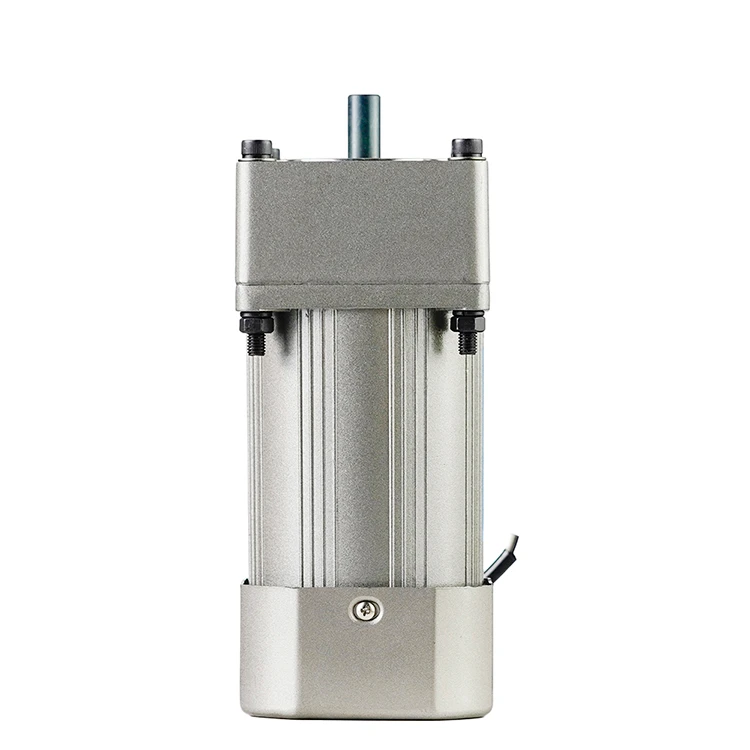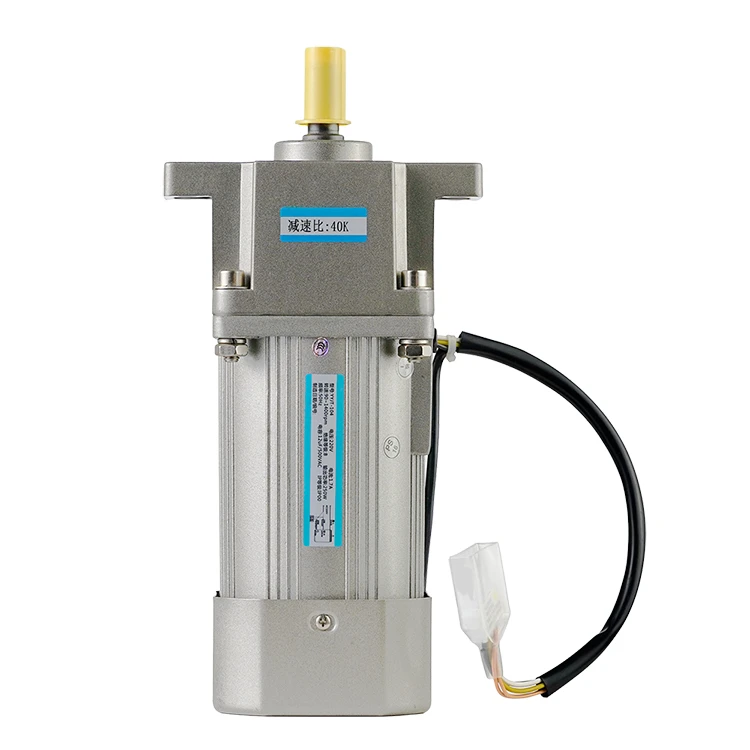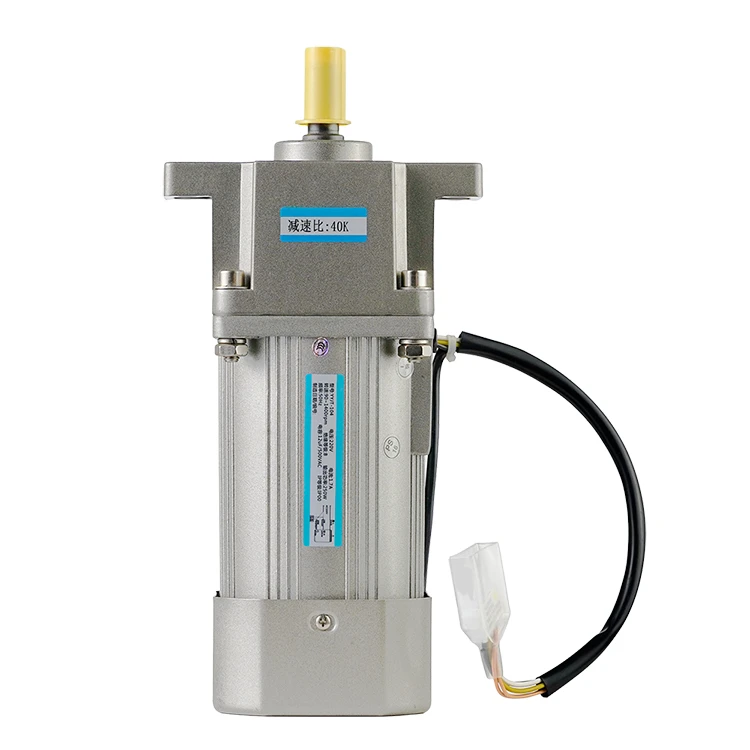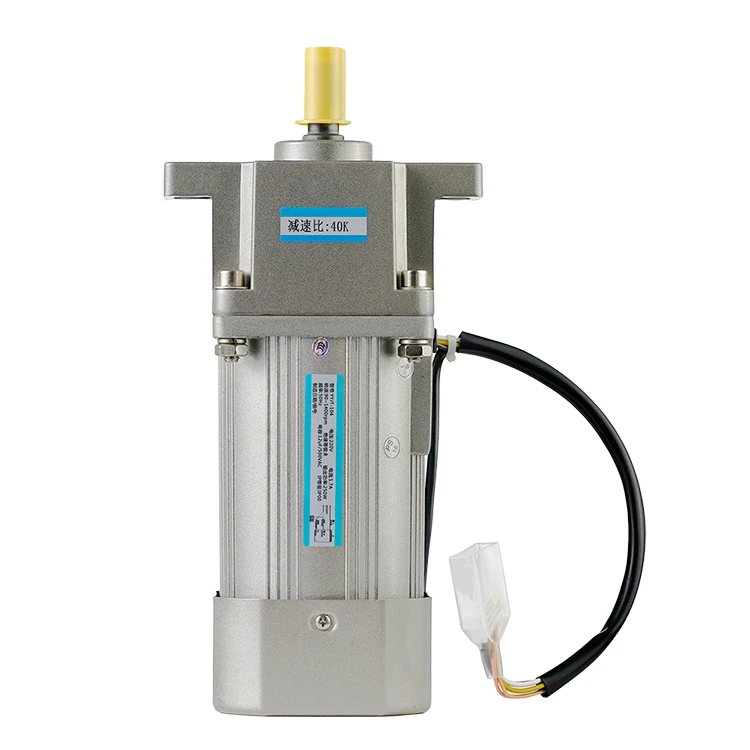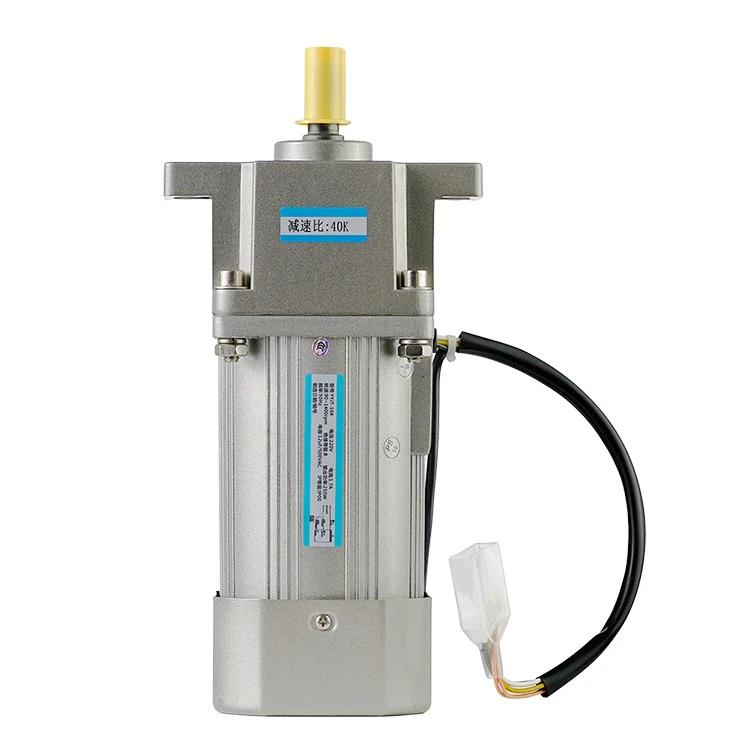AC vs DC Servo Motor Construction and Operation Differences?
2023-04-16 17:36:54
Servo motors are a critical component of modern automation systems, providing precise speed and position control in a wide range of applications. Two common types of servo motors are AC and DC servo motors, each with its own unique construction and operation. In this article, we'll explore the differences between AC and DC servo motor construction and operation and discuss their relative advantages and disadvantages.
AC Servo Motor Construction and Operation
AC servo motors are electric motors designed to provide precise speed and position control. They consist of a stator, a rotor, and a feedback mechanism. The stator is the stationary part of the motor, while the rotor is the rotating part. The feedback mechanism is used to monitor the position and speed of the rotor and provide feedback to the control system.
In an ac servo motor , the stator is typically powered by an alternating current (AC) power supply. The AC current creates a rotating magnetic field that interacts with the magnetic field of the rotor, causing it to rotate. The feedback mechanism continuously monitors the position and speed of the rotor and sends this information to the control system. The control system then adjusts the AC current to the stator to maintain the desired speed and position of the rotor.
DC Servo Motor Construction and Operation
DC servo motors are electric motors designed to provide precise speed and position control. They consist of a stator, a rotor, and a feedback mechanism. The stator is the stationary part of the motor, while the rotor is the rotating part. The feedback mechanism is used to monitor the position and speed of the rotor and provide feedback to the control system.
In a dc servo motor , the stator is typically powered by a direct current (DC) power supply. The DC current creates a magnetic field that interacts with the magnetic field of the rotor, causing it to rotate. The feedback mechanism continuously monitors the position and speed of the rotor and sends this information to the control system. The control system then adjusts the DC current to the stator to maintain the desired speed and position of the rotor.
Differences between AC and DC Servo Motor Construction and Operation
One of the main differences between AC and DC servo motor construction and operation is the type of power supply used to power the stator. AC servo motors use an AC power supply, while DC servo motors use a DC power supply. This difference in power supply affects the way the motor operates, including its torque and speed characteristics.
Another difference between AC and DC servo motor construction and operation is the type of feedback mechanism used to monitor the position and speed of the rotor. AC servo motors typically use an encoder or resolver, while DC servo motors typically use a tachometer or an encoder. This difference in feedback mechanism can affect the accuracy and precision of the motor's position and speed control.
Advantages and Disadvantages of AC and DC Servo Motors
AC and DC servo motors each have their own advantages and disadvantages. AC servo motors are typically more efficient and have a higher power-to-weight ratio than DC servo motors. They also offer better speed and torque control, making them ideal for high-performance applications such as robotics and CNC machines. However, AC servo motors can be more complex and expensive than DC servo motors.
DC servo motors are typically simpler and less expensive than AC servo motors. They also offer better low-speed torque control, making them ideal for applications that require high torque at low speeds. However, DC servo motors can be less efficient and have a lower power-to-weight ratio than AC servo motors.
Conclusion
AC and DC servo motors are both essential components of modern automation systems, providing precise speed and position control in a wide range of applications. While they have some similarities in construction and operation, they also have significant differences that affect their performance and suitability for different applications. By understanding the differences between AC and DC servo motors, you can make an informed decision about which type of motor is best suited for your automation needs.
See What Lunyee Can Do For You
Contact Us
- 8619149417743
- +86-0371-5562 0274
- [email protected]
- Zhengzhou, Henan Province, China
- Mon-Fri: 9:00 - 18:00
